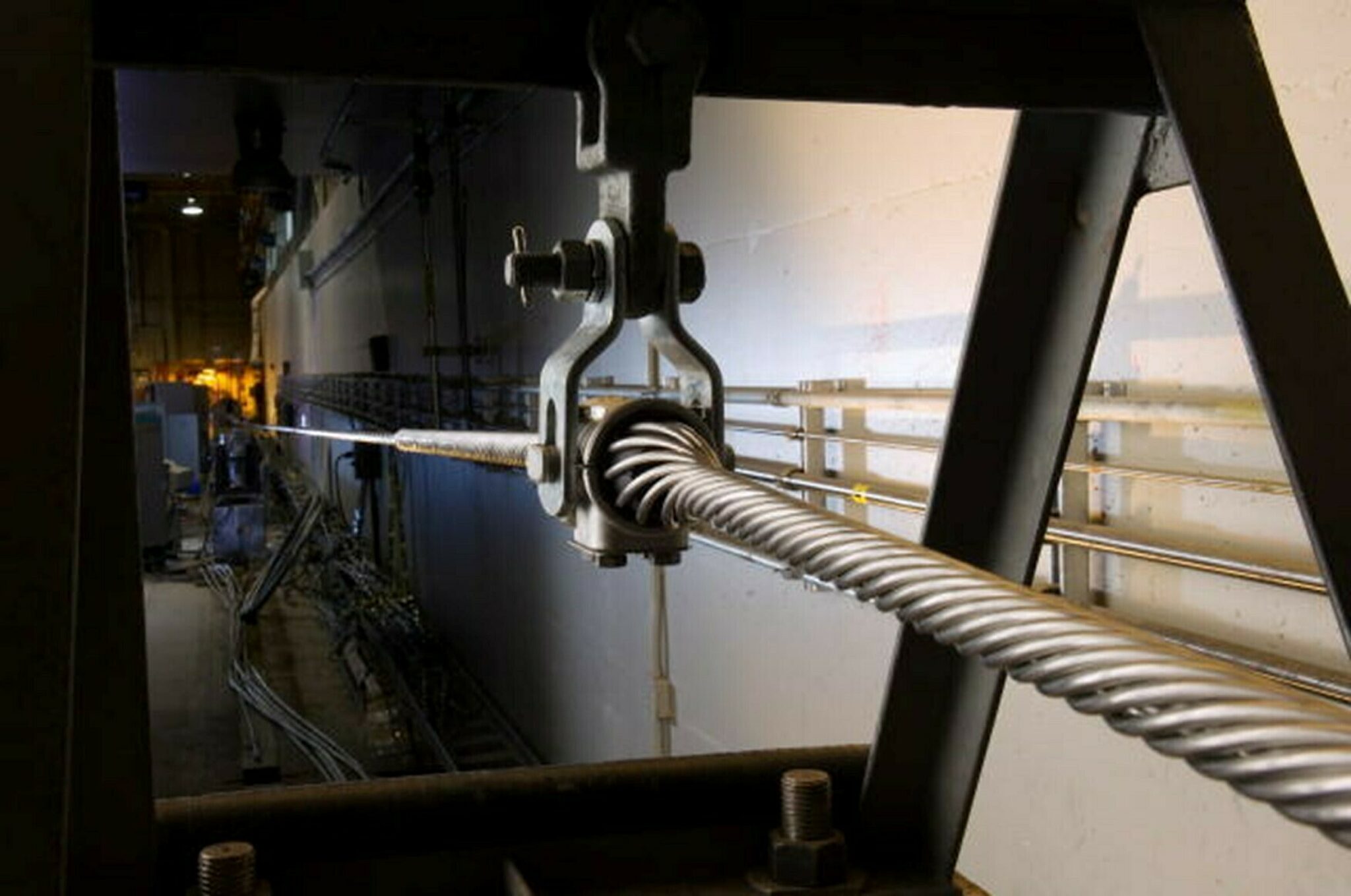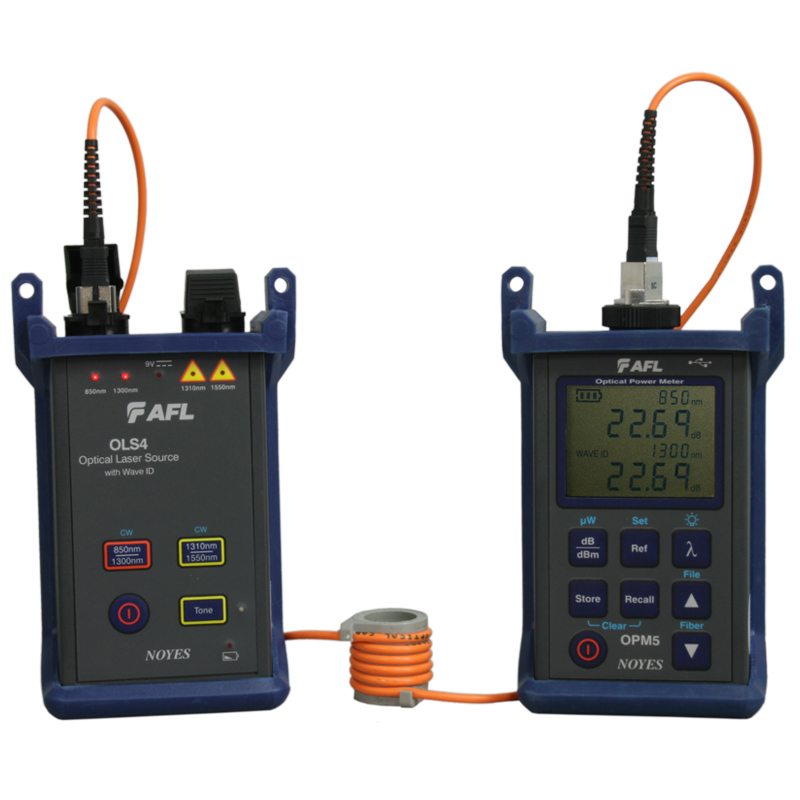The high-end optical fibre diameter analyser improves fibre optic research and development.
The Role of Optical Fibre Screening in Ensuring Quality and Effectiveness in Connectivity Solutions
In today's quickly advancing electronic landscape, the relevance of optical fiber testing can not be overstated, as it functions as a keystone for guaranteeing the top quality and efficiency of connection solutions. By employing a variety of screening techniques, consisting of OTDR and loss assessments, companies can proactively recognize and alleviate potential network issues that may prevent performance. Normal testing not just lines up with sector standards but additionally paves the way for boosted data transmission. Nonetheless, as modern technology continues to development, the future of optical fiber testing presents fascinating difficulties and possibilities that merit closer exam.
Value of Optical Fibre Screening
The importance of optical fiber testing can not be overstated in making sure the integrity and efficiency of interaction networks. As the foundation of contemporary telecommunications, optical fibres assist in high-speed information transmission, making their dependability crucial to functional success. Testing offers as a positive step to determine possible concerns such as signal loss, depletion, and physical damage, which can endanger network performance.
Regular testing permits for the confirmation of installation high quality and the discovery of issues that might impact information integrity - optical fibre diameter analyser. By using rigorous testing methods, network drivers can mitigate the dangers related to network failings, consisting of downtime and monetary losses. Optical fiber testing ensures compliance with market requirements and guidelines, boosting the general top quality of service offered to end-users.
Ultimately, the organized analysis of optical fibers contributes to the long life and performance of interaction systems. It makes it possible for stakeholders to make enlightened choices relating to maintenance, upgrades, and troubleshooting. In a landscape where data is significantly important, prioritizing optical fiber testing is important to maintaining robust and effective connectivity remedies, thus sustaining the needs of modern electronic atmospheres.
Kinds Of Optical Fiber Tests
Numerous screening methods are utilized to ensure the functionality and integrity of optical fibers within communication networks. These examinations can be generally classified into 2 major kinds: installment examinations and maintenance tests.
Setup tests are conducted immediately after the setup of optical fiber wires to confirm their performance and stability - optical fibre diameter analyser. One of the most common installment examinations consist of Optical Time-Domain Reflectometry (OTDR) tests, which assess the top quality of the fibre by determining mistakes or breaks, and end-to-end loss examinations, which measure the overall optical loss from one end of the fiber to the various other
Upkeep examinations, on the various other hand, are executed occasionally to make sure continuous efficiency and identify prospective concerns in time. These consist of visual inspection, which checks for physical damages or improper installments, and continuity tests, which confirm that the signal can go through the fiber without disruption.
Furthermore, progressed examinations such as Polarization Mode Diffusion (PMD) and Chromatic Diffusion (CD) tests can be carried out to examine the fiber's efficiency under various conditions. By utilizing these varied screening techniques, specialists can preserve high criteria of high quality and integrity in optical fibre networks.
Advantages of Normal Examining
Normal screening of optical fibres plays a crucial role in keeping the total performance and integrity of interaction networks. By performing normal analyses, organizations can make certain that their fiber optic installments satisfy industry standards and run effectively. This aggressive technique helps to recognize possible weak points and deterioration over time, enabling timely treatments before issues rise.

Cost-effectiveness is an additional benefit. By dealing with small issues early, organizations can avoid the high prices related to significant fixings or system failures. Regular testing likewise fosters conformity with governing requirements, ensuring that the network follows necessary safety and security and performance standards.
Typical Issues Determined
Recognizing usual issues in optical fibre networks is vital for preserving ideal performance and integrity. Numerous elements can add to disturbances, consisting of physical damage, inadequate installation methods, and ecological impacts.
Physical damage, such as bends, breaks, or abrasions, can substantially deteriorate signal quality. Inappropriate setup techniques, including too much tension or poor securing of cords, may cause enhanced attenuation and loss of connectivity. Additionally, ecological aspects such as temperature level variations, moisture access, and rodent disturbance can endanger the honesty of the fiber.
Connector concerns likewise frequently develop, with incorrect alignment or contamination causing raised insertion loss. Splicing mistakes can introduce considerable signal deterioration if not carried out with accuracy.

Addressing these common problems with routine optical fibre screening not only improves network reliability yet additionally enhances overall efficiency, making sure that connectivity remedies stay robust and reliable.
Future Patterns in Evaluating
As the need for high-speed connectivity remains to climb, the future of optical fibre screening will progressively concentrate on automation and progressed analytics. The integration of expert system (AI) and artificial intelligence (ML) in screening processes will enable a lot more efficient information analysis and anticipating maintenance, reducing downtime and improving overall network dependability. Automated testing remedies will simplify the assessment and certification of fiber networks, read more minimizing human mistake and increasing screening throughput.
One more considerable fad is the fostering of remote screening innovations. As the implementation of fibre networks additional reading increases right into remote and underserved areas, remote testing capabilities will enable professionals to check and detect network problems without physical visibility, consequently minimizing functional expenses and enhancing reaction times.
Additionally, there will be a shift in the direction of even more detailed screening requirements that incorporate not only traditional loss measurements yet also performance metrics such as latency and data transfer usage. This all natural method will certainly facilitate much better network administration and optimization approaches.
As these trends develop, the optical fiber screening landscape will certainly not only boost the high quality and performance of connectivity services but also support the expanding complexities of modern-day communication networks.
Verdict
Finally, optical fibre testing works as a fundamental component in keeping the stability and performance of interaction networks. By methodically analyzing various parameters with established screening approaches, prospective concerns are identified and remedied, making certain ideal performance. The recurring dedication to regular testing not only enhances data transmission but additionally aligns with market requirements, cultivating reliability in network facilities. As technology progresses, the importance of ingenious screening approaches will certainly continue to grow, more progressing connectivity solutions.